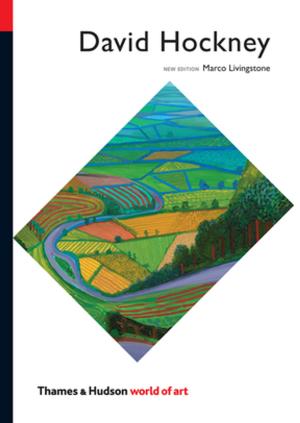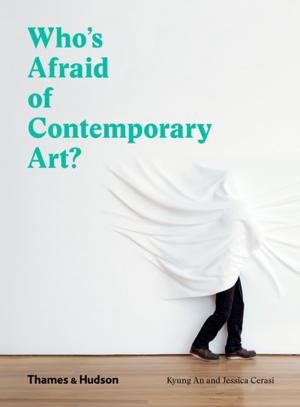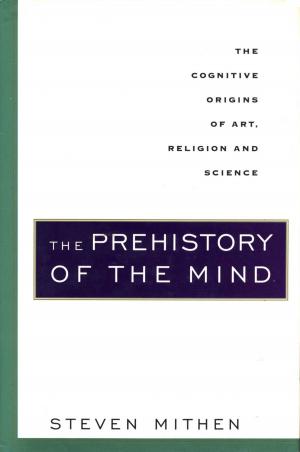| Author: | Peter Conrad | ISBN: | 9780500771440 |
| Publisher: | Thames & Hudson | Publication: | November 7, 2011 |
| Imprint: | Thames & Hudson | Language: | English |
| Author: | Peter Conrad |
| ISBN: | 9780500771440 |
| Publisher: | Thames & Hudson |
| Publication: | November 7, 2011 |
| Imprint: | Thames & Hudson |
| Language: | English |
An exploration of the lives and works of Verdi and Wagner as well as their respective legacies to the present day, written by a noted cultural critic.
This is the first book to compare these two composers and cultural heroes, both of whom were born in 1813 and achieved huge national and inter- national renown in their lifetimes. Yet not only did they never meet, but the differences between them—in music, culture, environment, significance, and legacy—were profound.
Peter Conrad begins his tale in a public park in Venice, home to a pair of statues of the composers that are positioned so as to appear to shun each other. This provides a fitting starting point for his argument that they represent two opposite yet equally integral and compelling dimensions of European culture: north versus south, cerebral versus sensual, proud solitude versus human connection, epic mythmaking versus humane magnanimity.
The book is a richly argued tour de force that engages passionately and profoundly with music, biography, history, politics, philosophy, psychology, and culture in the broadest sense. As Conrad concludes, “At one time or another, if not simultaneously, we still need the two contradictory, complementary kinds of music that Verdi and Wagner left us.”
An exploration of the lives and works of Verdi and Wagner as well as their respective legacies to the present day, written by a noted cultural critic.
This is the first book to compare these two composers and cultural heroes, both of whom were born in 1813 and achieved huge national and inter- national renown in their lifetimes. Yet not only did they never meet, but the differences between them—in music, culture, environment, significance, and legacy—were profound.
Peter Conrad begins his tale in a public park in Venice, home to a pair of statues of the composers that are positioned so as to appear to shun each other. This provides a fitting starting point for his argument that they represent two opposite yet equally integral and compelling dimensions of European culture: north versus south, cerebral versus sensual, proud solitude versus human connection, epic mythmaking versus humane magnanimity.
The book is a richly argued tour de force that engages passionately and profoundly with music, biography, history, politics, philosophy, psychology, and culture in the broadest sense. As Conrad concludes, “At one time or another, if not simultaneously, we still need the two contradictory, complementary kinds of music that Verdi and Wagner left us.”















